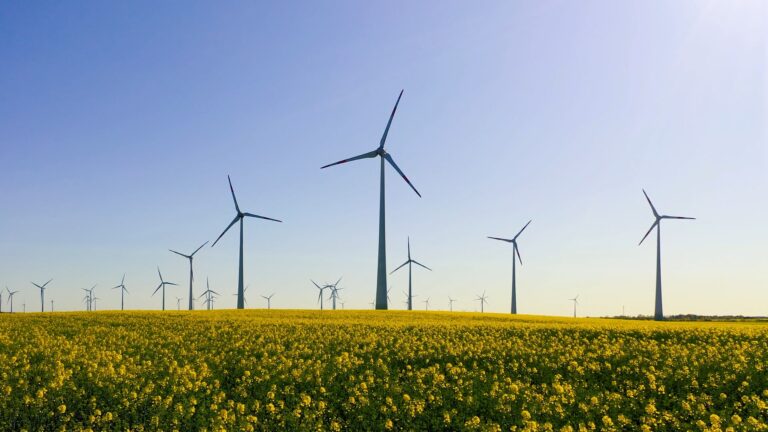
Würzburg, 21 July 2022 – On 1 July, the Federal Supreme Court ruled that property boundaries may be exceeded when retrofitting thermal insulation to existing buildings (AZ: V ZR 23/21). Modern vacuum insulation is ten times more efficient than classic insulation materials such as polystyrene, fibrous materials or plastic foams. Therefore it can be used to insulate old buildings retroactively in a space-saving manner and save up to 20 percent in energy costs.
“Those who want to avoid disputes with their neighbours also prefer to opt for modern vacuum insulation. Three-centimetre-thick vacuum insulation replaces 30-centimetre-thick foam or fibre. This does not just save energy but also a lot of space,” says Dr Joachim Kuhn, founder and CEO of va-Q-tec AG.
Sharply rising energy prices are a burden on homeowners and tenants. The CO2 produced by energy generation pollutes the environment. In addition to the choice of energy type, the insulation of the outer façade as well as of heat pipes and heat storage units in the house is decisive for energy efficiency. The approximately ten times stronger insulating effect of vacuum panels is achieved by the vacuum inside. The principle is based on that of the thermos flask and has been further developed by va-Q-tec for numerous applications. The thin panels are usually wrapped in a silvery-coloured, metallised barrier film and filled with pressed silicate powder – sand in its finest form.
The greatest leverage for saving energy with vacuum insulation materials lies in their use in the exterior façade of a house. But vacuum insulation materials also save up to 20 percent energy in heat pipes in the house or in the insulation of hot water tanks. This can improve the energy efficiency of gas and oil heating systems, heat pumps, in the preparation of hot water by solar panels or heat pipes in geothermal systems.
The BGH’s decision in favor of claiming someone else’s property is surprising in that it apparently ignored modern insulation materials: for example, vacuum insulation panels can replace 20 centimetres of insulating foam with only 2 centimetres of thickness. Aerogels can reduce fibre insulation by half. This eliminates the need to “over-insulate” other people’s properties or pavements. Property is and remains protected – full thermal insulation is still possible.
“The application possibilities of vacuum insulation are versatile. When you consider that 60 percent of primary energy in Germany is used for heating and cooling, the full potential of the technology in the fight against climate change and increasing energy scarcity becomes apparent,” says Joachim Kuhn.
